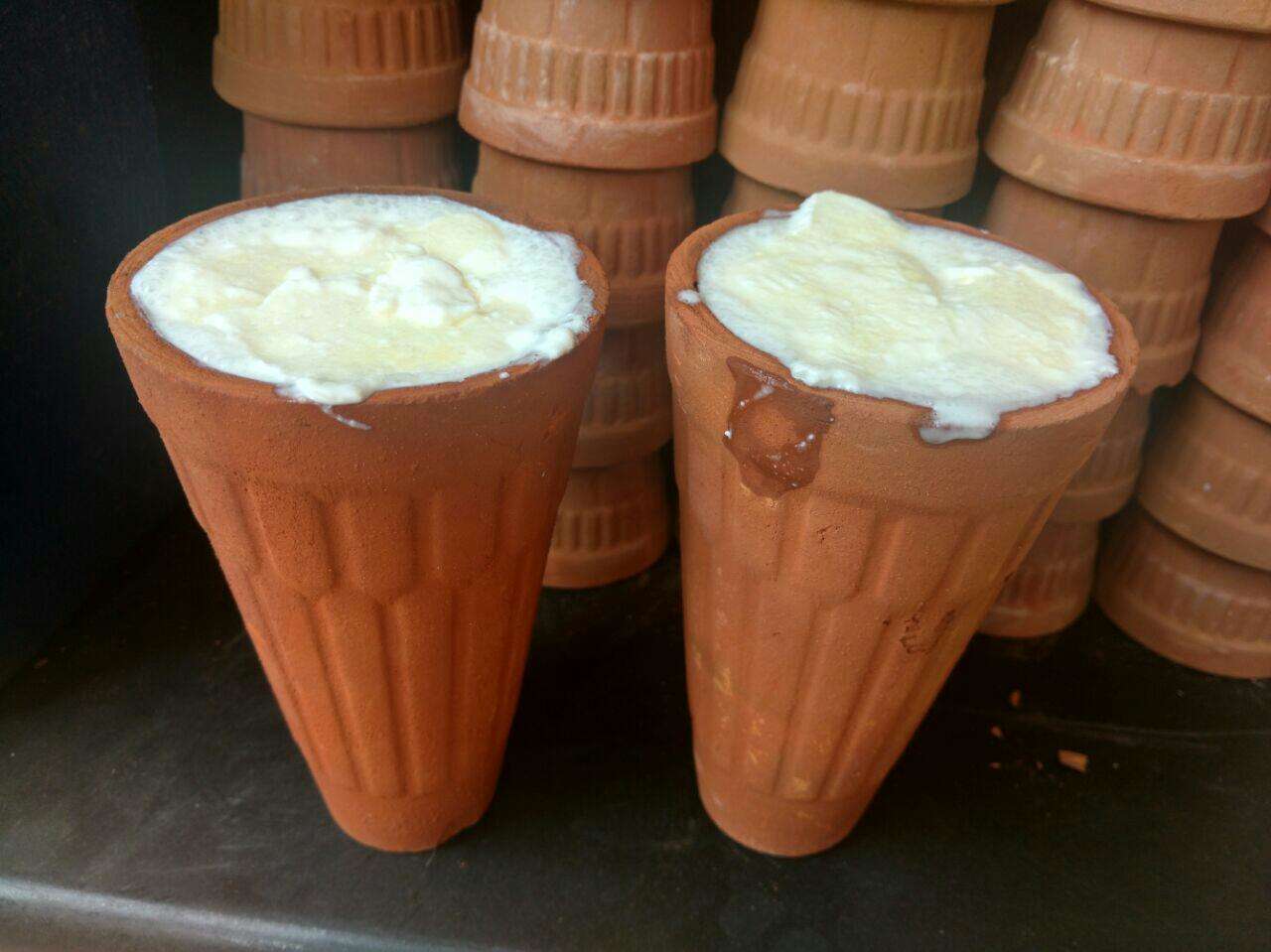Enchanting Amritsar, located in the state of Punjab, is a city steeped in history and spirituality. Established as a place of pilgrimage, Amritsar derives its name from the sacred tank or pool called the Amrita Saras (Pool of Nectar), where the revered Golden Temple was built. Known as the spiritual and cultural center of Sikhism, Amritsar attracts tourists from all corners of the globe.
Founded in 1577 by Ram Das, the fourth Guru of the Sikhs, on a site granted by the Mughal Emperor Akbar, Amritsar holds a special place in the hearts of Sikhs worldwide. The city is renowned for its iconic Golden Temple, the poignant Jallianwala Bagh memorial, and the vibrant Wagah Border ceremony. Additionally, Amritsar is celebrated for its delectable cuisine, offering a culinary experience like no other.
In recent years, Amritsar has also gained recognition as a delightful shopping destination, offering a unique blend of traditional and modern shopping experiences. With its rich history, spiritual significance, and cultural vibrancy, Amritsar truly stands out as a must-visit destination for travelers seeking a deeper connection with India’s heritage and traditions.








10:30 AM – 8:00 PM (Mon to Sat)
Email:- manuadventures@gmail.com